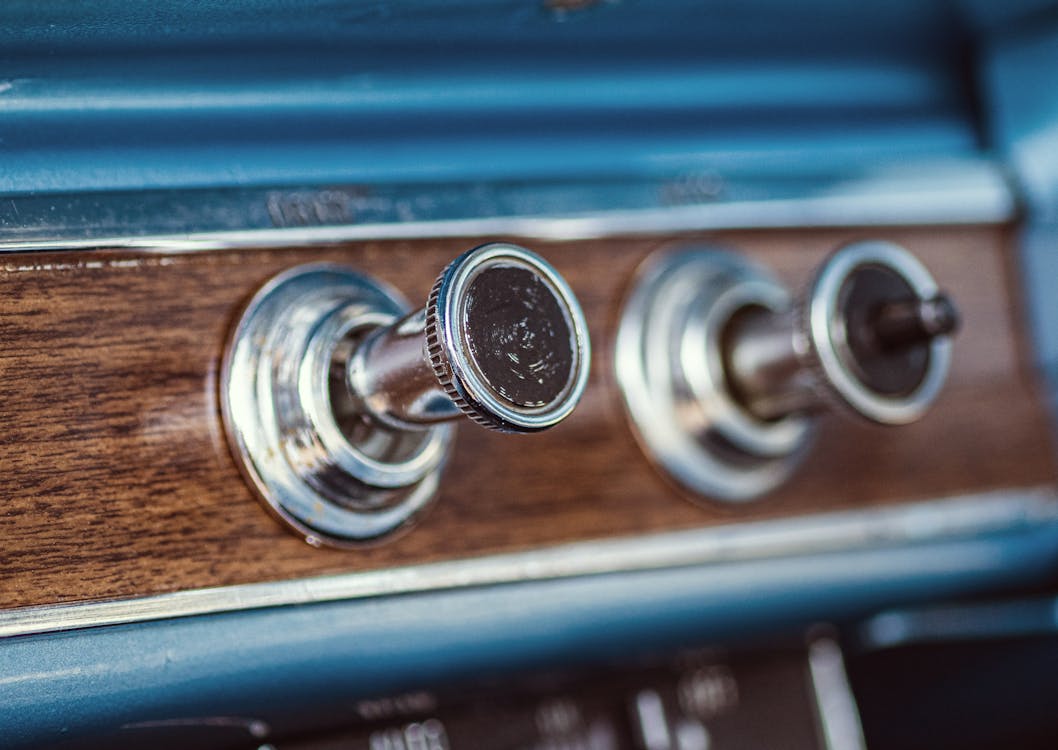
For the past years, automobile interiors have actually been quickly progressing toward streamlined, screen-dominated control panels. Touchscreens changed conventional handles, sliders, and buttons in what several presumed was the unavoidable march of progression. Yet, in an unforeseen spin, physical buttons are silently making their back into contemporary vehicles. The change signals greater than just a classic nod-- it's a response to real-world comments from drivers yearning simpleness, safety, and tactile satisfaction.
The Digital Overload Dilemma
When touchscreens first started taking control of dashboards, they felt like the future: clean, personalized, and filled with functions. They eliminated clutter and enabled car manufacturers to simplify their interiors with fewer physical components. But as more functions were hidden within electronic food selections, vehicle drivers started to articulate problems.
Touchscreens frequently need numerous actions to execute standard jobs like readjusting the environment or transforming the radio terminal. Unlike switches, they lack the user-friendly muscle mass memory that enables a chauffeur to alter a setting without taking their eyes off the road. With a lot taking place on-screen, it ends up being all as well simple to get sidetracked-- something no person desires when traveling at highway rates.
The Return of Tactile Functionality
One of the most significant advantages of switches is their responsive comments. You can feel them without needing to look. This sensory support makes them not simply convenient but more secure for motorists. When your hand naturally knows where the quantity knob is or just how far to push a switch to activate the defrost, it lowers the requirement to glance down or far from the road. And while touchscreens supply comfort for infotainment and navigating, the vital everyday features-- like risk lights, audio controls, and HVAC-- feel far better fit to physical controls.
In fact, lots of drivers that formerly spoke highly of electronic systems have revealed appreciation for more recent versions that blend contemporary visual appeals with the practical feel of standard controls. It's not about declining technology-- it's about improving use.
A Balanced Design Philosophy
Designers have paid attention to this changing view. Instead of abandoning displays, they're reassessing how they're integrated. The very best interiors currently strike an equilibrium in between electronic convenience and analog accuracy. That means tactically putting buttons for necessary features while making use of electronic user interfaces for applications, navigating, and media.
This hybrid strategy is specifically preferred in lorries designed for long-distance driving or families. The ease of pressing a switch without messing up with a menu makes a big distinction when you're attempting to stay focused, comfortable, and secure. Also in automobiles understood for advanced tech, a simple rotating dial or tactile control can be the feature that gains vehicle drivers searching for thoughtful layout.
Buttons and the Emotional Connection
There's likewise something uniquely psychological regarding switches. They bring a specific level of involvement that touchscreens just don't duplicate. Pressing a switch or turning a dial seems like you're physically interacting with your car-- it includes a layer of connection that makes the driving experience a lot more pleasurable.
For those considering used Chevy cars, vehicles from recent years usually provide the most effective of both globes: responsive touch interfaces coupled with timeless physical controls. These models bridge the gap between advancement and knowledge, making them optimal for vehicle drivers that value modern features without compromising simplicity of use.
Modern Technology Isn't Just About Screens
It's very easy to merge technology with screens, but true development indicates enhancing the driver experience. In this light, buttons are a form of smart design. They're fast, accurate, and do not require focus. As auto layout comes to be significantly driver-centric, ease and intuition take spotlight.
This likewise ties directly right into the resale and trade-in worth of automobiles. Autos that prioritize easy to use functions tend to mature better in the eyes of future purchasers. If you're taking into consideration a Chevrolet trade in, knowing that your present vehicle uses a thoughtfully created interior, total with easily accessible controls, can have a favorable effect.
The Future Is Functional
As auto manufacturers re-evaluate the duty of user interfaces in the cabin, they're led by vehicle driver feedback and real-world functionality research studies. The revival of switches doesn't signify a return to the past-- it's an advance in thoughtful, user-first style. It acknowledges that development does not constantly imply getting rid of the old yet integrating it in a manner that makes driving much safer, less complex, and more delightful.
If you're in the market and discovering Chevy new car deals, watch on how different versions manage their indoor controls. It's not official website just about the touchscreen size-- it's concerning exactly how the lorry helps you remain focused on the roadway while making your daily commute a lot more user-friendly. Buttons may not be the flashiest attribute, but they're swiftly turning into one of one of the most appreciated.
For more understandings into automobile patterns, interior decoration technologies, and clever vehicle buying tips, be sure to check back routinely. We're always upgrading the blog with fresh concepts to aid you navigate the roadway ahead.